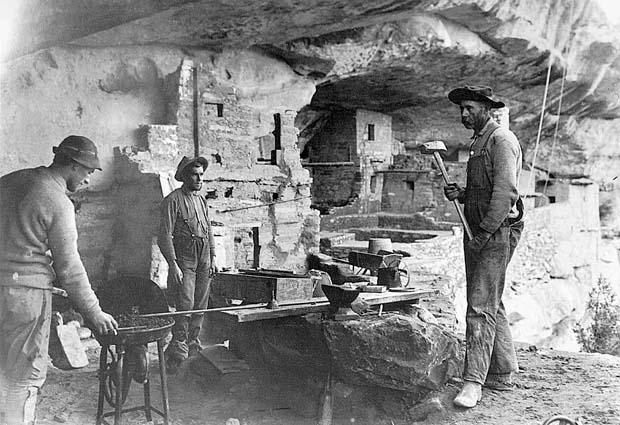 |
| In terms of archaeology, excavations happen to learn about the past, as was the case when some Colorado ranchers in 1888 excavated portions of what would later become Mesa Verde National Park. (By the way, I'm not endorsing the methods of these 19th-century excavators. C'mon, a sledge hammer? I'm not even endorsing the project of archaeological excavation. As the ranger mentioned when we visited Mesa Verde a couple years ago, the best way to preserve a structure is to not excavate it and let the desert soil do the work of preserving.) That's archaeological excavation into past and sometimes unknown patches of human culture. But what I'm talking today about is botanical excavation into future and unknown patches of horticulture. |
Wednesday, June 21, 2017
Excavations of a Future Unknown Pawpaw Patch
Subscribe to:
Post Comments (Atom)



No comments:
Post a Comment